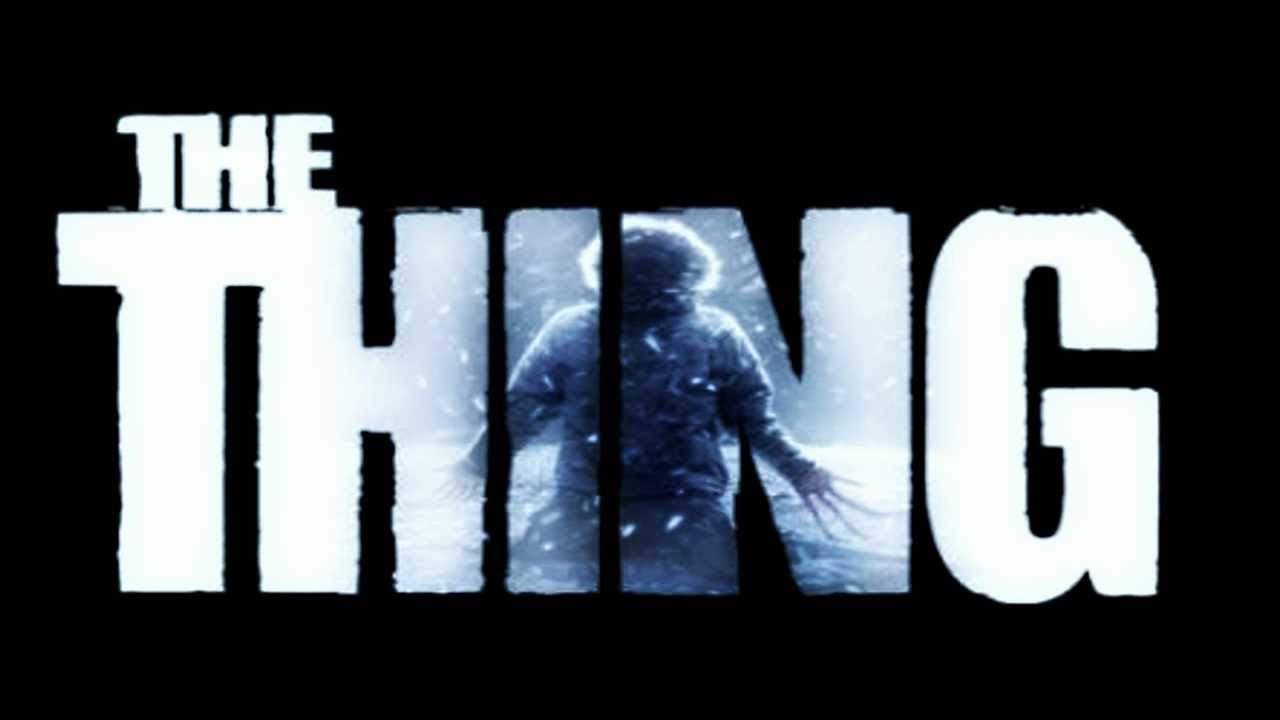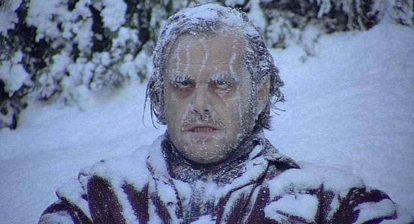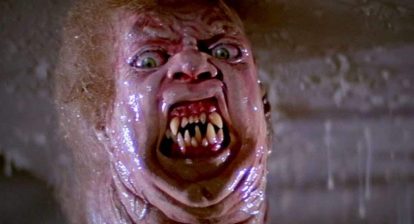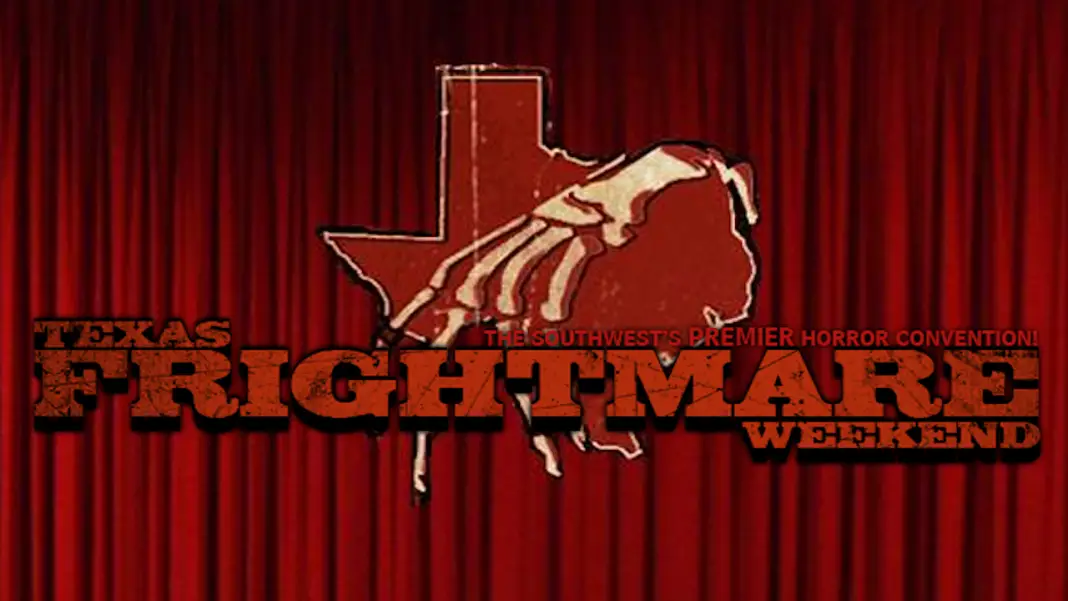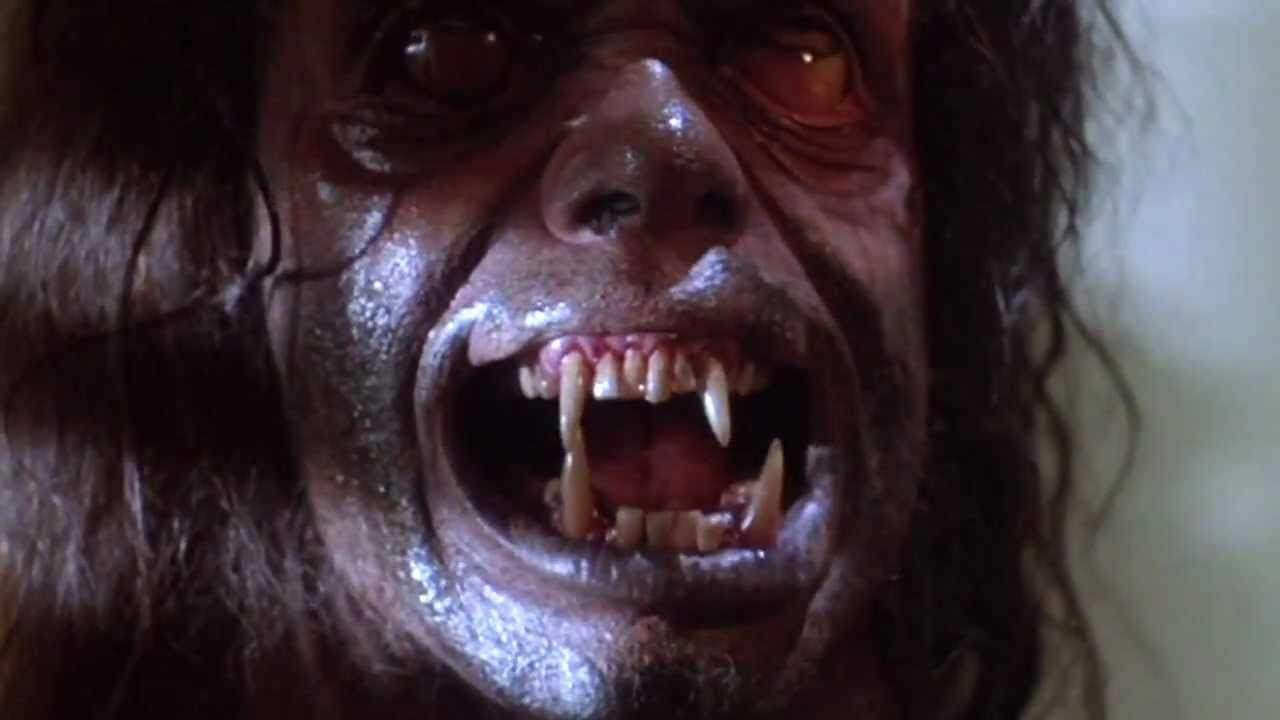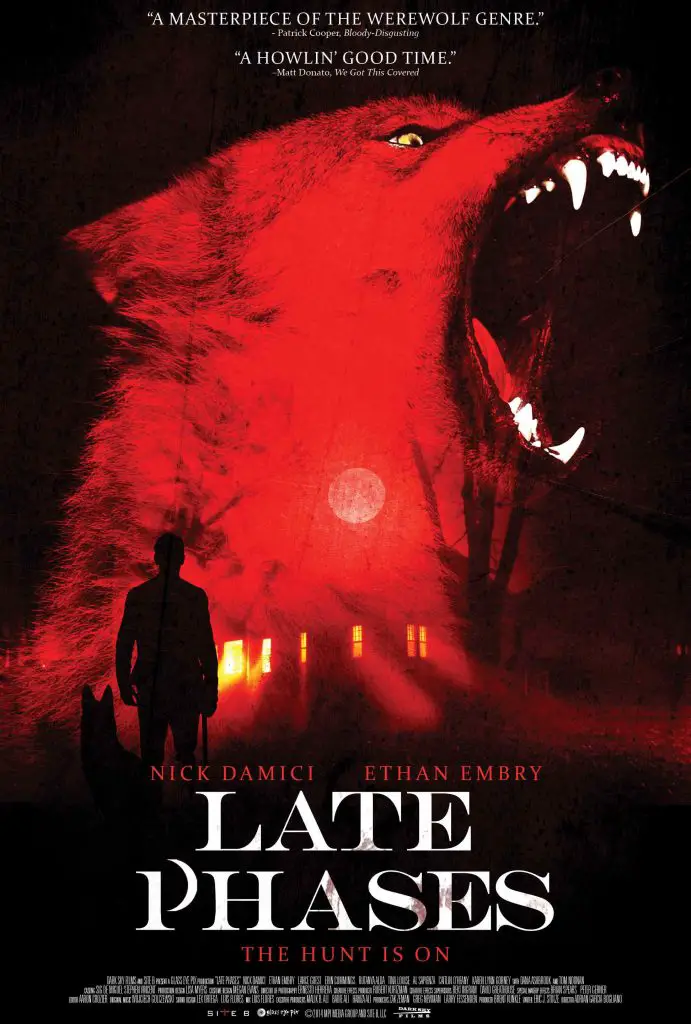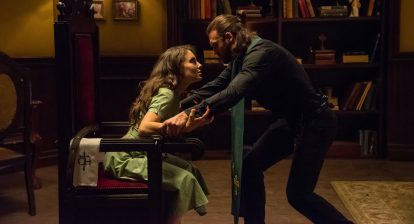2011’s The Thing has its fans. I can’t say that it’s totally maligned because if anything, more people seem to be discovering it over time. It didn’t do great in theaters and was instead pretty much discovered after it hit DVD, Blu-ray, and streaming. I’ve seen it in cable rotation quite a bit, too. In this day and age, it’s hard for a movie to sink into obscurity when there are so many different ways to see it. But a lot more people were excited for this production than actually saw it in theaters. A lot of people loved the prospect of getting a prequel to John Carpenter’s 1982 classic instead of simply another retelling of the story.
By 2011, I think people were already getting tired of remakes. As much as we still complain about them, we see way less remakes now than we did in the mid to late 2000s. It was a breath of fresh air that nobody was really expecting when it was announced that this new version of The Thing would tell the story of the Norwegian camp that the thing laid waste to just before the start of Carpenter’s film. It makes a lot of sense to go back and tell that tale. When you go back and look at The Thing, we’re sort of just dropped into the middle of the story, following this dog running through the snow, with a man shooting at it and we don’t know why. That’s a great opening.
Related: Script to Pieces: The Thing 2

What’s really surprising about the decision to even make The Thing 2011 is that as highly regarded and beloved as John Carpenter’s movie was, it was a notorious box office bomb. It was grueling to make, was something Carpenter was incredibly proud of, and then it sank at the box office. For a long time, he referred to it as the most devastating failure in his career.
I think all of that is important to keep in mind as we tell this story, because it allows one to begin to understand some of the decisions that were made regarding this prequel. Making it was risky enough and because of that, it allowed for a virtually no-risk environment. It was a major studio prequel to a property that, on a studio/financial level, didn’t work the first time. It was probably only a prequel because it would please the fans and wouldn’t alienate most new viewers. They wanted to look like they were taking chances, but didn’t actually want to take them.  Still, I don’t think anyone could have been more excited to take the job doing the effects for the film than Tom Woodruff, Jr. and Alec Gillis, nor do I think they could have picked any better people for the job. These guys are among the best in the business, the heirs to the throne of Stan Winston.
Still, I don’t think anyone could have been more excited to take the job doing the effects for the film than Tom Woodruff, Jr. and Alec Gillis, nor do I think they could have picked any better people for the job. These guys are among the best in the business, the heirs to the throne of Stan Winston.
Talking in detail about his time working on The Thing on The Movie Crypt podcast, Tom Woodruff, Jr. explained what a personal impact the effects of The Thing had had on him and how much they influenced him as an artist. Hell, I’m not sure there’s anyone in the horror field who wasn’t influenced by the effects and the tone of that film to some degree. They were hugely inspirational.
And because of that, Woodruff and Gillis were under huge pressure to honor them. And honor them they did. Images began leaking before the prequel was even released of the great animatronics they were creating. I remember seeing at least one image of a hand-thing that was beautifully sculpted, expecting to see that in the completed movie.
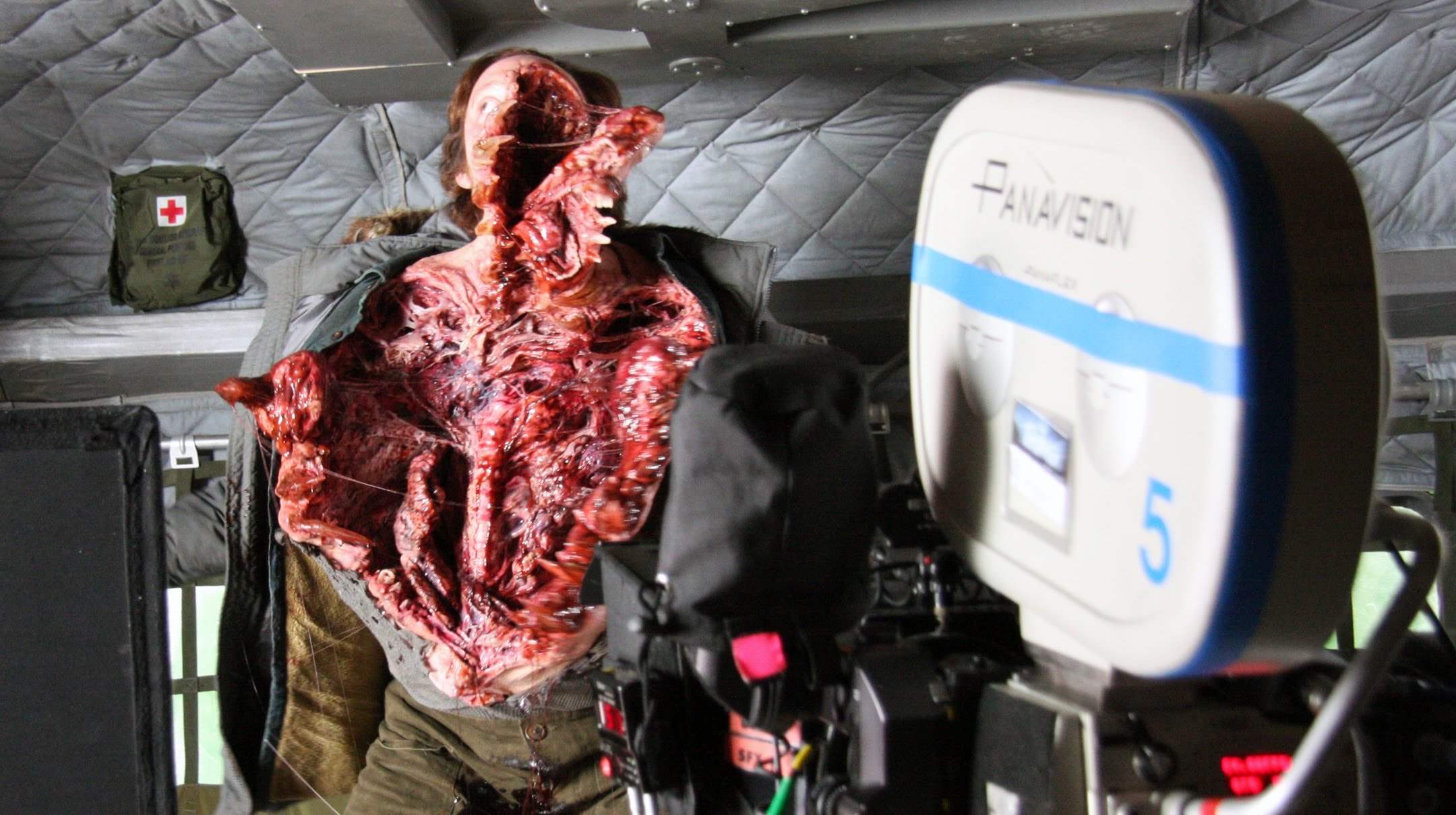 But that was definitely not what we got. A lot of people who had been excited to see a return to great practical FX were disappointed when they saw that all of the creature visuals in the final product were CGI. For a time, it was something of a mystery as to what happened. But it wasn’t anything they were necessarily trying to cover up. The day of social media had come, people had already seen some of the amazing practical work that had been created and more and more images and test footage began leaking out afterward.
But that was definitely not what we got. A lot of people who had been excited to see a return to great practical FX were disappointed when they saw that all of the creature visuals in the final product were CGI. For a time, it was something of a mystery as to what happened. But it wasn’t anything they were necessarily trying to cover up. The day of social media had come, people had already seen some of the amazing practical work that had been created and more and more images and test footage began leaking out afterward.
Looking at it now, the decisions that were made are not even all that surprising. In fact, that’s probably the worst thing about what happened, that I can read it and think “That sounds about right.” Because of course that’s what they would think.
Let me explain: Woodruff and Gillis and their company did create some amazing, amazing creature FX for The Thing 2011. Even better, those effects were used throughout the entire production, save for a few shots that were always destined to be CGI anyway, just in terms of what the script called for. The entire movie was shot using the effects that they created.
 And then they had a test screening, and the producers and even the director saw the effects on film and said, to quote Woodruff, “this looks like an ‘80s movie.” Director Matthias van Heijningen, Jr. even backed that up, saying to Den of Geek, “Well, the initial plan—slightly naïve, maybe—was to build everything practically,” and added, “It looked a bit like an ’80s movie, actually, which for some people is really special, but perhaps not in 2010, 2011. So we enhanced with CG.”
And then they had a test screening, and the producers and even the director saw the effects on film and said, to quote Woodruff, “this looks like an ‘80s movie.” Director Matthias van Heijningen, Jr. even backed that up, saying to Den of Geek, “Well, the initial plan—slightly naïve, maybe—was to build everything practically,” and added, “It looked a bit like an ’80s movie, actually, which for some people is really special, but perhaps not in 2010, 2011. So we enhanced with CG.”
You might be wondering what he means by enhanced with CG. Because it doesn’t simply mean that they immediately went to the great CG houses to scramble to bring them brand-new, state-of-the-art CG monsters. No, the worst thing about the Thing prequel is that those great animatronics were replaced with bad CG. It looks like 2005 digital animation, not 2011. And that’s because the effects were not created from scratch. The digital creatures you seen in the film were traced over the top of Woodruff and Gillis’s practical FX.
That has to be as close, metaphorically, to shitting on great art as I can imagine on film. But like I said, I’m not even at all surprised that it happened because it is par for the course for a major studio to pay to make one thing only to decide they want to do something completely different at the tail end of the shoot. Look at how commonplace reshoots are for every single studio movie now. But that doesn’t make any of this story feel remotely okay.
Did You Know? Wicked Horror TV Has Classic and Independent Horror Films Available to Stream for Free!
 Practical effects are suffering. I’m hoping that people will learn that practical art still has its place. But stories like this don’t even give me much faith in that. It’s not even the first story of its kind that I can think of off the top of my head. Multiple Academy Award winning artist Rick Baker created some amazing stuff for the 2010 remake of The Wolf Man. And he has many times cited The Wolf Man as his number one dream project. It seemed, in a lot of ways, like the project he got into the industry to do. And so much of what he did was replaced with CGI at the last second.
Practical effects are suffering. I’m hoping that people will learn that practical art still has its place. But stories like this don’t even give me much faith in that. It’s not even the first story of its kind that I can think of off the top of my head. Multiple Academy Award winning artist Rick Baker created some amazing stuff for the 2010 remake of The Wolf Man. And he has many times cited The Wolf Man as his number one dream project. It seemed, in a lot of ways, like the project he got into the industry to do. And so much of what he did was replaced with CGI at the last second.
For Rick Baker, that actually led to his decision to quit the industry. In the case of Woodruff and Gillis, they luckily did not do that, and actually wound up being inspired to make their own film, Harbinger Down, with all practical and very Thing-like FX. Maybe that’s the takeaway from all of this. I don’t blame the great Rick Baker for leaving at all, whatsoever. But I love that Tom Woodruff and company also showed us that there’s always a way to pick yourself up. If we can’t ever have the Thing they could have given us, at least some of those great, gooey visuals get to see the light of day.
